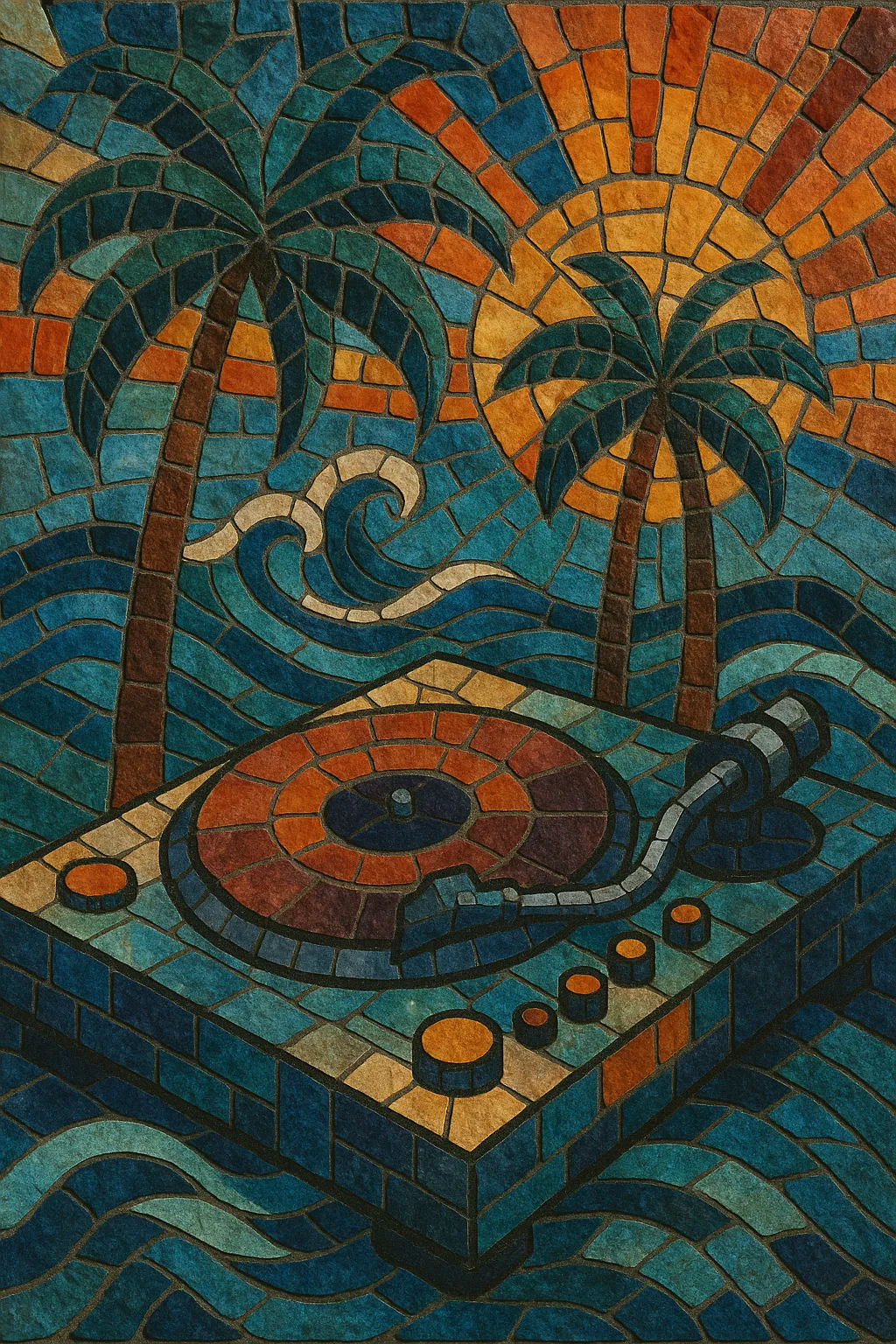
Florida breaks (often called Florida breakbeat or funky breaks) is a high-energy, DJ‑driven form of breakbeat that emerged from the Florida rave and club circuit.
It features syncopated, funk‑rooted drum breaks, booming 808/909 low end, bright rave stabs, and chopped vocal hooks, often flavored by electro and Miami-bass aesthetics.
Typical tempos sit around 130–140 BPM, with shuffling hi‑hats, snappy snares, and big, rubbery sub‑bass lines designed for large club systems and car audio culture.
Stylistically, it blends the turntablist spirit of hip hop with the sheen of 90s US club music—melodic, playful, and bass‑forward—while remaining relentlessly dance‑floor focused.
Florida breaks grew out of Florida’s rave and nightclub ecosystem—particularly around Orlando, Tampa, and Miami—where DJs fused UK‑style breakbeat selections with local electro/Miami‑bass sensibilities. Drawing on hip hop’s break culture and electro‑funk drum programming, producers emphasized punchy 808s, busy hi‑hat patterns, and chopped vocal bits. Independent labels (notably Zone Records) and record shops helped crystallize a distinct, bass‑centric sound.
By the late 1990s, Florida breaks had a recognizable identity: 130–140 BPM, funky syncopation, melodic stabs, and infectious vocal hooks. A tight network of DJs and producers pushed a steady flow of 12‑inches and mix CDs, while clubs like Orlando’s Firestone and a thriving car‑audio scene amplified the bass‑heavy aesthetic. The genre’s most visible ambassadors toured nationally, helping the "funky breaks" tag stick across the US.
As electronic tastes shifted in the mid‑2000s (toward nu‑skool breaks, electro house, and later festival trap/EDM), Florida breaks’ mainstream profile narrowed, but the style endured via dedicated DJs, digital reissues, and regional events. Its DNA—big 808s, chopped hooks, and party‑ready breakbeats—fed into broader US bass music and influenced later club forms that prize low‑end impact and DJ‑friendly structure.

